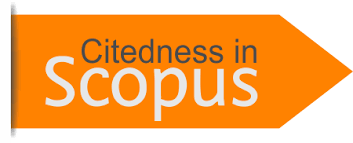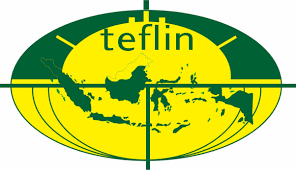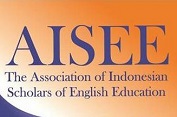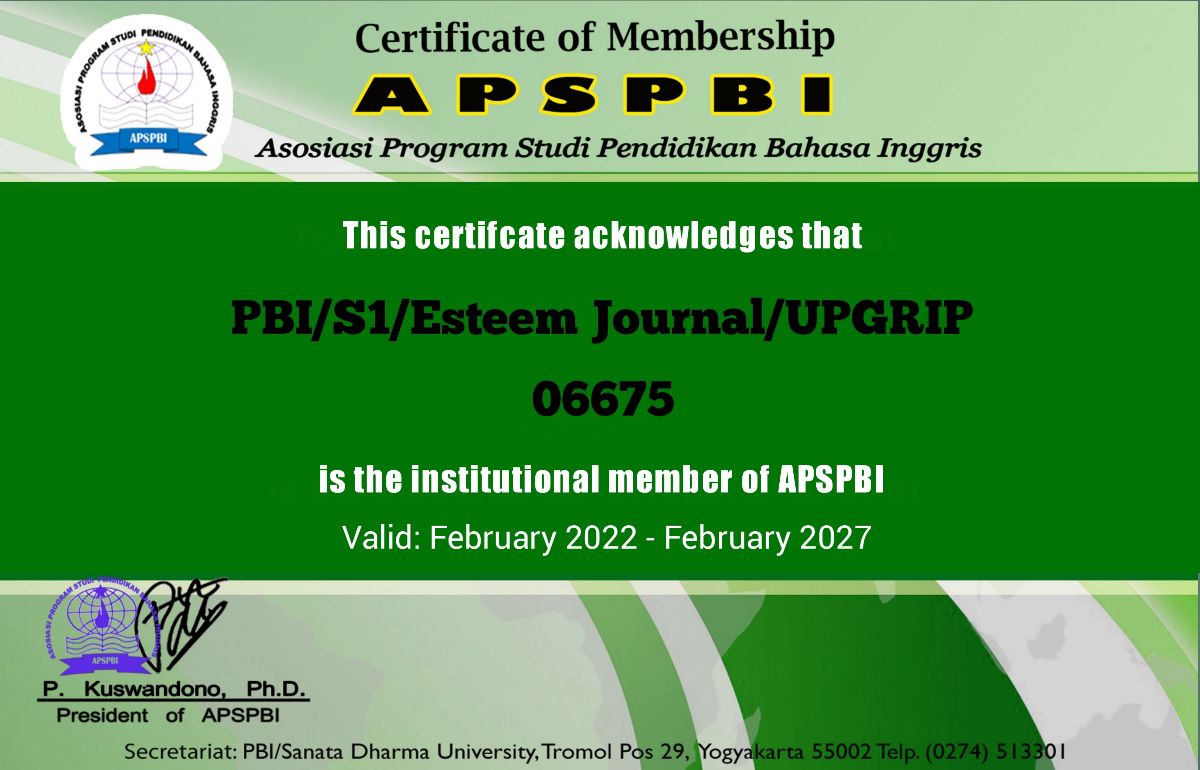MICROSOFT SWAY APPLICATION TO ENHANCE STUDENTS’ READING ABILITY OF DESCRIPTIVE TEXT
DOI:
https://doi.org/10.31851/esteem.v6i2.12285Keywords:
Microsoft Sway, Reading, Descriptive TextAbstract
The research aimed to determine if there was a significant difference in the
reading achievement of students who were taught using Microsoft Sway
compared to those who were not. A quantitative method with a quasiexperimental design was employed for the study. Data collection involved a
pre-test and post-test, while descriptive statistics were used for data analysis.
The results showed that the independent sample t-test gave a value of 3.226,
which was higher than the t-critical value of 2.000 at a 95% significance
level with 65 degrees of freedom. This indicates that the obtained t-value
exceeded the expected value from the t-table (t-obtained 3.226 > t-table
2.000). As a result, the null hypothesis was rejected and the alternative
hypothesis was accepted.
References
Andika, Mulyadi, Hermansyah, & Jaya, A. (2021). Developing Book About the Potential of Tourism History in Paku Urban Village of Kayu Agung City. Journal of English Language Teaching and Applied Linguistics, 7(2), 81–91.
Elisabet, R. A., & Suhartono, L. (2017). Teaching Reading Comprehension of Descriptive Text through PQRST Technique Based on Whole Language Approach. 1–10.
Etfita, F. (2014). Improving Students’ Reading Comprehension of Descriptive Texts Through Cognitive Strategy at Grade VII-2 of SMPN 1 Indra Praja Tembilahan. Lingua Didaktika, 7(2), 75–86.
Fraenkel, J. R., Wallen, N. E., & Hyun, H. H. (2012). How to Design and Evaluate Research in Education (8th ed.). The McGraw-Hill Companies, Inc.
Muhid, A. (2019). Analisis Statistik 5 Langkah Praktis Analisis Statistik dengan SPSS for Windows (2nd ed.). Zifatama Jawara.
Nggolaon, D., & Sari, P. E. (2020). Teaching Descriptive Text using Pictures to Improve Students’ Reading Comprehension. BABASAL English Education Journal, 1(1), 1–9.
Sudarmoyo. (2018). Pemanfaatan Aplikasi Sway untuk Media Pembelajaran. Edudikara: Jurnal Pendidikan Dan Pembelajaran, 3(4).
Sugiyono. (2013). Metode Penelitian Kuantitatif, Kualitatif dan R&D. ALFABETA, CV.
Syaharuddin, & Susanto, H. (2019). Sejarah Pendidikan Indonesia (Era Pra Kolonialisme Nusantara sampai Reformasi). Program Studi Pendidikan Sejarah Fakultas Keguruan dan Ilmu Pendidikan Universitas Lambung Mangkurat.
Tafonao, T. (2018). Peranan Media Pembelajaran dalam Meningkatkan Minat Belajar Mahasiswa. Jurnal Komunikasi Pendidikan, 2(2), 103–113.
Wihartanti, L. V., & Wibawa, R. P. (2017). Development of e-Learning Microsoft Sway as Innovation of Local Culture-Based Learning Media. Dinamika Pendidikan, 12(1), 53–60.
Zakia, S., Sagala, H. S., & Siburian, P. (2017). Improving the Ability of State Vocational High School Teachers in Creating Digital StoryTelling Media (DST) using Sway Microsoft Tool Through Academic Supervision of Demonstration Technique. Advances in Social Science, Education and Humanities Research, 104, 250–254.
Downloads
Published
Issue
Section
License
Copyright (c) 2023 Aswadi Jaya; Yolanda Rizki Amalia, Hermansyah Hermansyah, Santi Mayasari

This work is licensed under a Creative Commons Attribution-NonCommercial-ShareAlike 4.0 International License.
Copyright Notice
Authors who publish with this journal agree to the following terms:
In order to assure the highest standards for published articles, a peer review policy is applied. In pursue of the compliance with academic standards, all parties involved in the publishing process (the authors, the editors and the editorial board and the reviewers) agree to meet the responsibilities stated below in accordance to the Journal publication ethics and malpractice statement.
Duties of Authors:
- The author(s) warrant that the submitted article is an original work, which has not been previously published, and that they have obtained an agreement from any co-author(s) prior to the manuscript’s submission;
- The author(s) should not submit articles describing essentially the same research to more than one journal;
- The authors(s) make certain that the manuscript meets the terms of the Manuscript Submission Guideline regarding appropriate academic citation and that no copyright infringement occurs;
- The authors(s) should inform the editors about any conflict of interests and report any errors they subsequently, discover in their manuscript.
Duties of Editors and the Editorial Board:
- The editors, together with the editorial board, are responsible for deciding upon the publication or rejection of the submitted manuscripts based only on their originality, significance, and relevance to the domains of the journal;
- The editors evaluate the manuscripts compliance with academic criteria, the domains of the journal and the guidelines;
- The editors must at all times respect the confidentiality of any information pertaining to the submitted manuscripts;
- The editors assign the review of each manuscript to two reviewers chosen according to their domains of expertise. The editors must take into account any conflict of interest reported by the authors and the reviewers.
- The editors must ensure that the comments and recommendations of the reviewers are sent to the author(s) in due time and that the manuscripts are returned to the editors, who take the final decision to publish them or not.
Authors are permitted and encouraged to post online a pre-publication manuscript (but not the Publisher final formatted PDF version of the Work) in institutional repositories or on their Websites prior to and during the submission process, as it can lead to productive exchanges, as well as earlier and greater citation of published work (see The Effect of Open Access). Any such posting made before acceptance and publication of the Work shall be updated upon publication to include a reference to the Publisher-assigned DOI (Digital Object Identifier) and a link to the online abstract for the final published Work in the Journal.





























